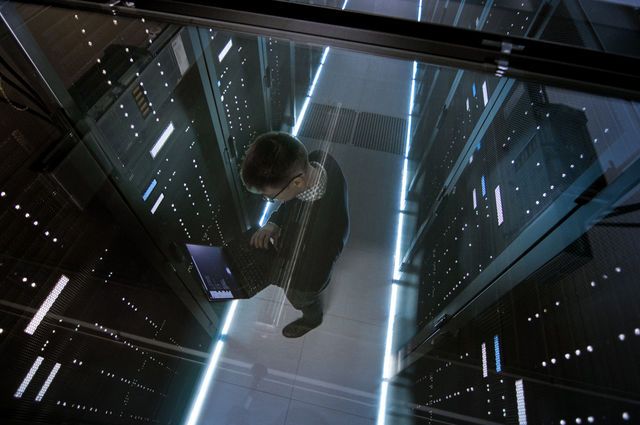Solving Labor Shortage Through Technology
14 experts shared their view
With travel demand accelerating rapidly, the hospitality industry is experiencing a new challenge: labor shortages resulting in sharply rising labor cost, which consumes as much as 60%-80% of RevPAR (CBRE). In the U.S. alone, hotels need to hire 600,000 more employees by summer to be able to meet demand (BIS.gov). Right now there are 171,800 open positions on LinkedIn for hospitality jobs in the U.S.
Wages in hospitality operations - frontline position such as housekeeping, front desk, wait staff, line cooks, etc. - are up more than 20% since April 2020 (Hotel Effectiveness). Hotels and restaurants alike are offering sign-up bonuses, higher wages and even cash payments to candidates just to come for an interview. In the same time productivity is down due to influx of inexperienced staff, since many of the experienced hospitality professionals left the industry due to furloughs and layoffs during the pandemic.
The question is, how can the hospitality industry solve the current labor shortages and unsustainable labor cost through technology innovations, automation, mobility, robotization and next gen technology applications?
Technology innovations have been available since before the pandemic but most hotels were apprehensive about implementing them because they didn't want to replace their people with machines. The pandemic has shown the hospitality industry that technology isn't supposed to replace, but instead, enhance the workforce. Since the pandemic, travellers have changed their requirements to include heightened safety and hygiene measures which include less contact with hotel staff but still expect that personal and bespoke service.
With systems like real-time occupancy detection, hotels can make their limited workforce more efficient and productive. For example, with real-time occupancy data, the housekeeping team can prioritise cleaning routes to rooms that are unoccupied first reducing personal contact between hotel staff and guests. With room occupancy trends, hotels can also better schedule their roster to ensure that they're not overworking their associates resulting in a happier workforce.
Implementing these kinds of solutions will definitely help hotels improve their productivity and efficiency in the long-term if they choose to invest now as it's the best time to. Low occupancy levels for hotels provide them time to source, execute, implement, and train their staff on the new technologies.



